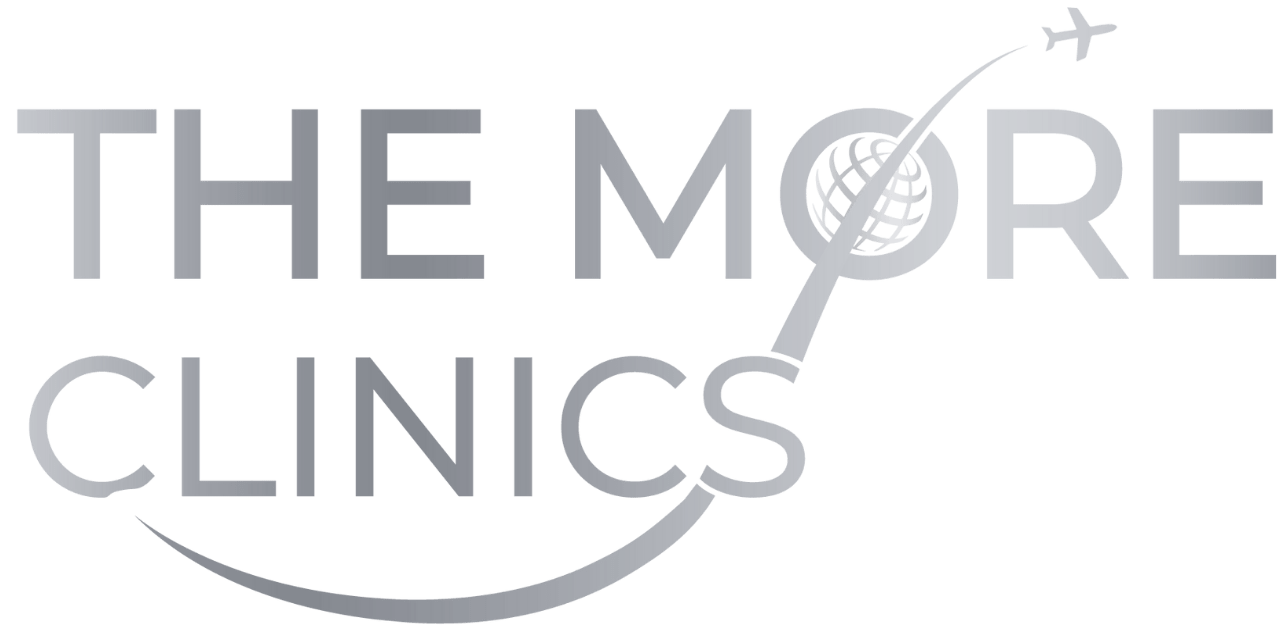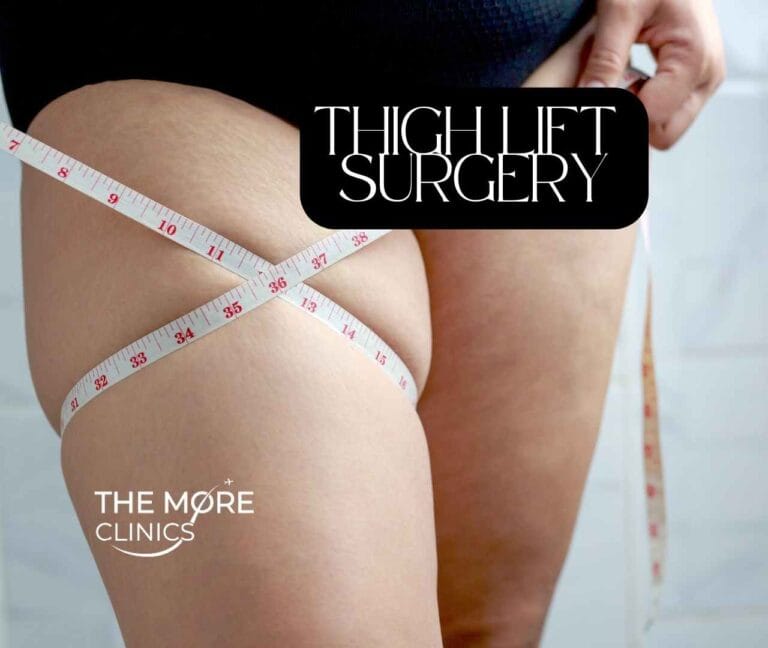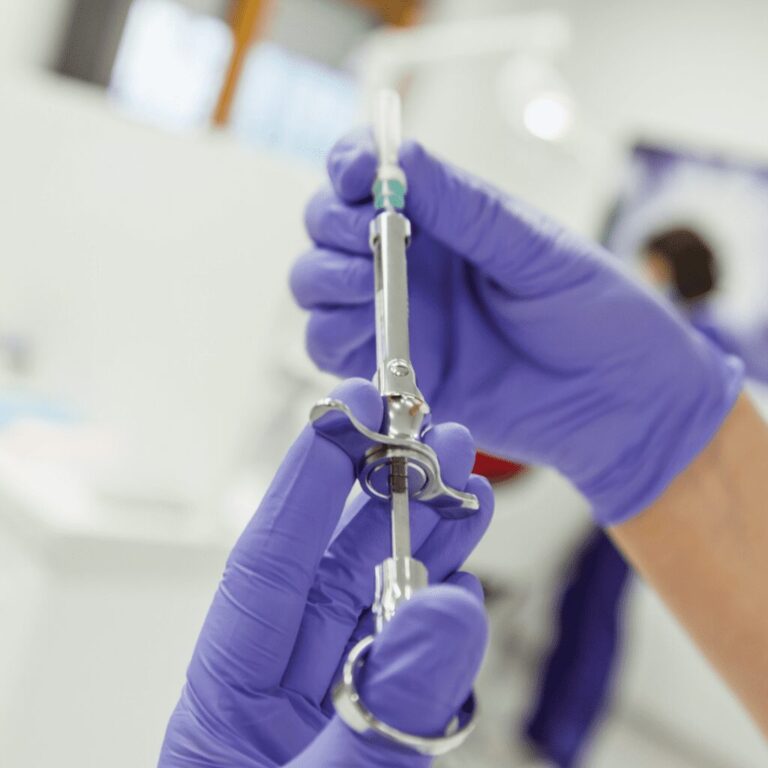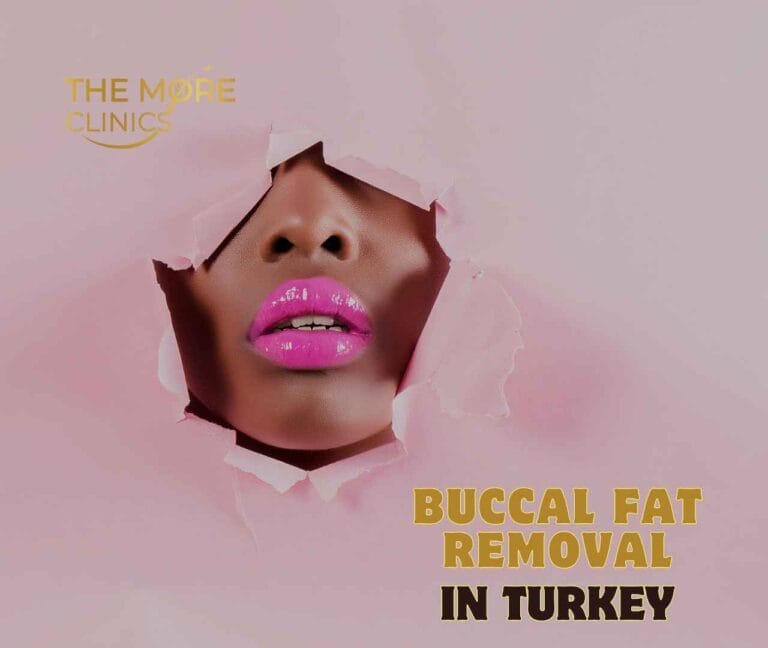Liposuction vs Tummy Tuck: Your Body Type 2025 Updated Guide
When choosing between liposuction vs tummy tuck, many individuals find themselves at a crossroads, unsure which procedure will best address their abdominal concerns. The most common reason people seek an abdominoplasty (tummy tuck) is due to pregnancy, which stretches the skin and often leads to significant weight gain. While liposuction targets and eliminates unwanted fat deposits, a tummy tuck primarily addresses excess skin, weakened abdominal muscles, or both.
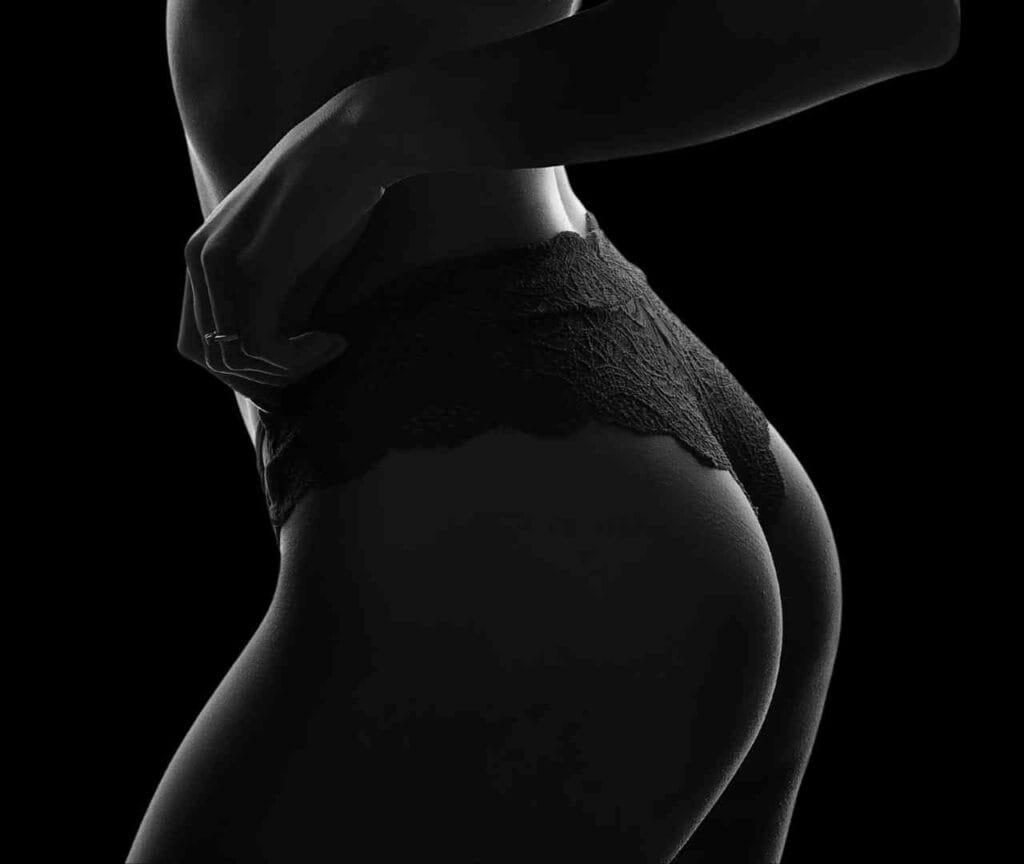
The fundamental difference between tummy tuck and liposuction lies in their objectives. Liposuction is a versatile, minimally invasive procedure designed specifically for removing localized pockets of stubborn fat that resist diet and exercise. However, a tummy tuck is the procedure of choice when loose skin and weakened abdominal muscles need to be tightened while the tummy and waist are re-contoured. Both procedures offer effective methods of fat removal and can help achieve a flatter tummy, with results that are considered permanent.
Whether you’re dealing with post-pregnancy changes, significant weight loss, or simply want to enhance your abdominal profile, understanding which procedure aligns with your body type is crucial. This comprehensive guide examines the key differences between these popular body contouring options to help you determine which approach—tummy tuck or liposuction—might be the right fit for your specific needs and goals.
Liposuction vs Tummy Tuck: What’s the Core Difference?
The fundamental anatomical targets of these procedures highlight their essential distinctions. Understanding these core differences between liposuction vs tummy tuck helps patients make informed decisions based on their specific body needs.
Fat Removal vs Skin Tightening: Primary Goals
Liposuction and tummy tucks serve distinctly different anatomical purposes. Liposuction primarily focuses on removing subcutaneous fat—the layer of fat located just beneath the skin. Through small incisions, a cannula breaks up and suctions away unwanted fat cells from targeted areas. This procedure addresses stubborn fat deposits but doesn’t significantly affect skin appearance or muscle tone.
Conversely, a tummy tuck (abdominoplasty) primarily targets excess skin. During this procedure, the surgeon removes loose, hanging skin and creates a tighter abdominal profile. Additionally, the procedure allows for repositioning of the remaining skin to create a smoother contour. This makes tummy tucks particularly effective for patients who have experienced significant weight fluctuations or pregnancy that resulted in stretched skin with poor elasticity.
Muscle Repair: Only in Tummy Tuck
Perhaps the most significant difference between these procedures lies in muscle treatment. A tummy tuck specifically addresses diastasis recti—the separation of the rectus abdominis muscles that commonly occurs during pregnancy or after substantial weight gain. During abdominoplasty, the surgeon tightens these weakened muscles by suturing them back together, essentially creating an internal corset that flattens the abdomen from within.
In contrast, liposuction has no effect on muscle structure whatsoever. The procedure strictly removes fat cells without addressing any muscular weaknesses or separations. For patients with protruding abdomens caused by muscle separation rather than fat accumulation, liposuction alone will not provide satisfactory results.
Invasiveness: Small Incisions vs Full Surgery
The surgical approaches for these procedures differ substantially in terms of invasiveness. Liposuction requires only small incisions (typically 0.25-0.5 inches) strategically placed to access target areas. These minimal access points result in less noticeable scarring and generally shorter recovery periods.
A tummy tuck, nonetheless, involves a major horizontal incision running from hip to hip just above the pubic area. For more extensive cases, an additional incision around the navel may be necessary. This more invasive approach allows the surgeon to access and repair deeper structures but results in more significant scarring and longer recovery times. The comprehensive nature of a tummy tuck makes it suitable for patients requiring substantial abdominal reconstruction rather than simple fat reduction.
Body Type Suitability: Which Procedure Fits You Best?
Body type fundamentally determines which abdominal procedure will deliver optimal results. Understanding your physical characteristics helps identify whether liposuction, tummy tuck, or a combination approach best suits your needs.
Skin Elasticity: Good vs Loose Skin
Skin quality represents a crucial factor in procedure selection. Liposuction candidates should possess good skin elasticity—the ability to contract naturally after fat removal. Signs of good elasticity include skin that bounces back when pinched and minimal stretch marks. For those with poor elasticity, liposuction alone can worsen sagging. Factors diminishing skin elasticity include age, genetics, sun damage, weight fluctuations, and smoking.
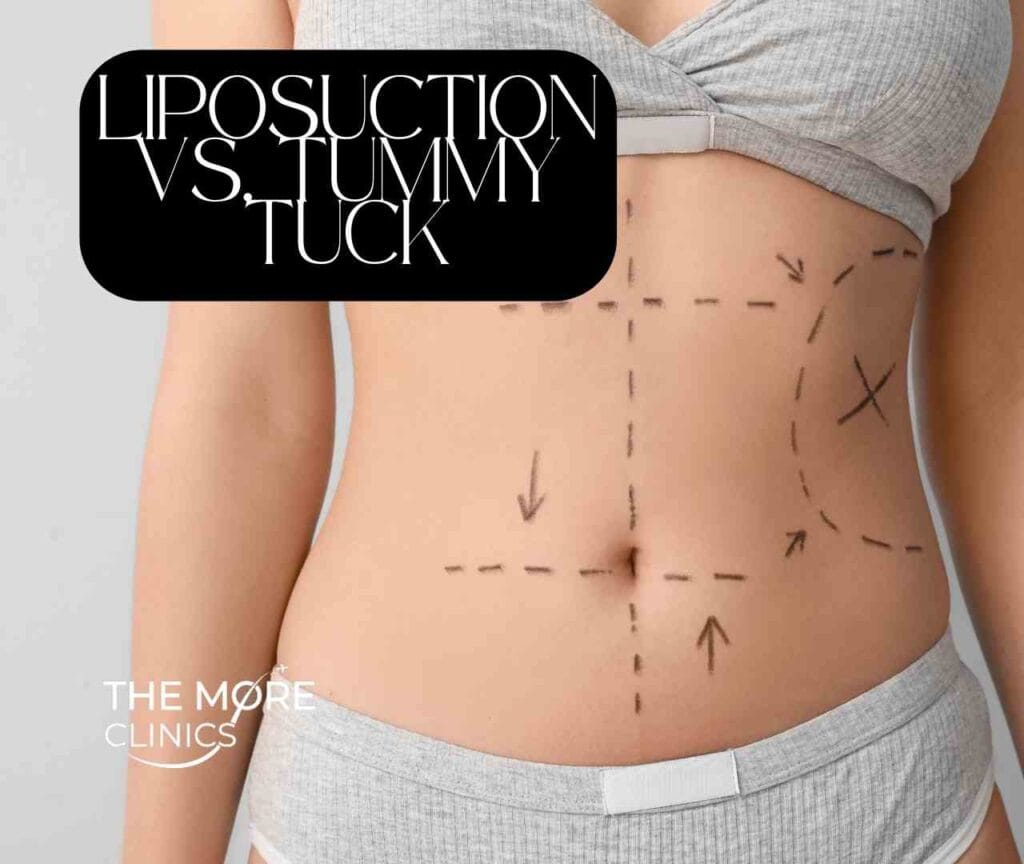
BMI Considerations: Under 30 vs Normal Range
Your Body Mass Index significantly influences procedure eligibility. Patients with BMI under 30 typically achieve excellent results with liposuction. Those between 30-35 may still qualify for liposuction but often see superior outcomes from tummy tuck procedures. Individuals with BMI above 35 generally require weight reduction prior to considering abdominoplasty. Ultimately, liposuction works best for those within normal or slightly overweight BMI ranges.
Post-Pregnancy Changes and Muscle Separation
Post-pregnancy bodies often exhibit specific concerns requiring tailored approaches. Diastasis recti—separation of abdominal muscles during pregnancy—creates a protruding abdomen that only tummy tuck can address [1]. This condition affects most mothers, with approximately half experiencing natural resolution within 12 months postpartum [1]. Furthermore, pregnancy stretches abdominal skin and fascia, frequently requiring surgical correction beyond what liposuction offers.
Localized Fat vs Full Abdominal Redesign
The extent of correction needed guides procedure selection. Liposuction excels at removing stubborn fat deposits in patients already near ideal weight. Conversely, tummy tuck delivers comprehensive abdominal redesign, addressing excess skin, weakened muscles, and fat simultaneously. Three tummy tuck variations exist: mini (below-navel concerns), complete (full abdominal reconstruction), and circumferential (extensive correction after significant weight loss). Related: Fleur De Lis Tummy Tuck Guide.
Recovery and Results of Liposuction vs Tummy Tuck: What to Expect After Surgery
Recovery experiences after liposuction and tummy tuck differ markedly, affecting patients’ return to normal activities and their satisfaction with final outcomes. Understanding these differences helps set realistic expectations for the post-surgical journey.
Downtime: 2 Days vs 2 Weeks
Liposuction offers a substantially shorter recovery period, typically requiring only 2 days off work with light physical activity permitted immediately. Patients usually resume high-impact exercise after 2-3 weeks. In contrast, tummy tuck recovery demands 2-3 weeks away from work, with some patients needing up to 3 weeks before returning to normal activities. High-impact exercises must be avoided for 2-3 months following abdominoplasty, as the procedure involves more extensive tissue manipulation.
Scarring: Small Marks vs Hip-to-Hip Incision
The scarring difference between liposuction vs tummy tuck is substantial. Liposuction creates minimal scarring through small incisions just large enough to insert the cannula. These marks typically fade significantly over time, becoming nearly invisible. Tummy tucks, alternatively, leave a prominent horizontal scar running from hip to hip just above the pubic area. Although this scar fades gradually over months, it remains a permanent reminder of the procedure.
Final Results Timeline: 1 Month vs 3-6 Months
For liposuction, initial changes become visible within 2-3 weeks as swelling subsides. Complete results typically emerge within 3-6 months. Tummy tuck results develop more gradually, with initial improvements visible immediately but final outcomes taking 3-6 months to fully materialize. In some cases, it may take up to a year before all swelling resolves and the final contour emerges.
Longevity of Results: Lifestyle Maintenance
Both procedures provide potentially permanent results, albeit with important caveats. Liposuction permanently removes treated fat cells, which won’t return unless significant weight gain occurs. Similarly, tummy tuck results can last a lifetime with proper maintenance.Maintaining stable weight through balanced nutrition and regular exercise proves essential for preserving results from either procedure. Significant weight fluctuations can compromise outcomes regardless of which procedure was chosen.
Cost, Risks, and Combination Options
Financial considerations often impact the final decision between these abdominal procedures, alongside potential health risks that every patient should evaluate.
Average Cost: $3,000–$7,000 vs $6,000–$10,000
The price gap between these procedures is substantial. Liposuction typically ranges from $3,000 to $7,000, whereas a complete tummy tuck costs between $6,000 and $10,000. This difference stems primarily from the complexity and surgical time involved—tummy tucks require more extensive operating room time and technical expertise.
Cost Savings With Turkey Prices
For budget-conscious patients, international options present significant savings. Turkey has emerged as a leading destination for affordable procedures, with tummy tucks starting at $2,500-$3,500, representing up to 70% savings compared to US prices. All-inclusive packages often include accommodation and transportation, further reducing overall expenses.
Get Your Plastic Surgery Deal
All-Inclusive Turkey Package %60 OFF!
Insurance Coverage: Rare Exceptions
Insurance typically classifies both procedures as cosmetic and denies coverage Nevertheless, exceptions exist when medical necessity can be demonstrated. A panniculectomy (excess skin removal) may qualify for coverage if documented medical issues like chronic rashes, infections, or mobility limitations are present.
Risks and Complications: Infection, Swelling, Seroma
Both procedures share common risks including bleeding, infection, and anesthesia reactions. Seroma (fluid buildup) remains among the most frequent complications, potentially affecting up to 85% of surgical patients . Other specific risks include poor wound healing, tissue damage, and changes in skin sensation .
Tummy Tuck and Lipo Together: When It Makes Sense
For many patients, the question isn’t whether to choose between procedures, but whether to combine lipo and abdominoplasty. This strategic pairing, medically termed lipoabdominoplasty, delivers comprehensive results for suitable candidates.
Combining tummy tuck with liposuction makes perfect sense for individuals with both loose skin and stubborn fat deposits. This approach proves especially beneficial for those with notable fat deposits across both upper and lower abdomen alongside skin laxity and stretched abdominal muscles. Consequently, patients seeking to slim down multiple body areas simultaneously—such as hips, thighs, or arms—gain additional advantages from this combined approach.
Tummy Tuck and Liposuction: Better?
According to clinical studies, the satisfaction rate for combined procedures (lipo and abdominoplasty) exceeds 99%, notably higher than either procedure performed independently. This remarkable satisfaction stems from several key benefits:
First, patients undergo just one recovery period instead of two separate ones, effectively streamlining the healing process. Second, the combination approach proves more cost-effective by reducing expenses related to facility fees, anesthesia, and other surgical costs. Third, patients experience no significant increase in pain when liposuction accompanies abdominoplasty.
Most importantly, this comprehensive approach creates a more defined waistline with smoother, more natural transitions between the abdomen and hips. Despite these advantages, patients should recognize that combining procedures may increase complication risks if not performed with proper surgical technique.
Lipo vs. Tummy Tuck Comparison Table
| Aspect | Liposuction | Tummy Tuck |
| Primary Purpose | Removes localized fat deposits | Addresses excess skin and weakened muscles |
| Procedure Type | Minimally invasive | Major surgery |
| Incision Size | Small (0.25-0.5 inches) | Hip-to-hip horizontal incision |
| Muscle Impact | No effect on muscles | Repairs separated muscles (diastasis recti) |
| Skin Impact | Requires good skin elasticity | Removes and tightens loose skin |
| BMI Suitability | Best for BMI under 30 | Suitable for BMI 30-35 |
| Recovery Time | 2 days off work | 2-3 weeks off work |
| Exercise Resume | 2-3 weeks | 2-3 months |
| Results Timeline | Visible in 2-3 weeks, complete in 1 month | Initial results immediate, final results in 3-6 months |
| Scarring | Small, nearly invisible marks | Permanent hip-to-hip scar |
| Cost Range (US) | $3,000-$7,000 | $6,000-$10,000 |
| Cost Range (Turkey) | Prices Liposuction Turkey | $2,500-$3,500 |
FAQs Liposuction vs Tummy Tuck
Q1. How do I determine if I need a liposuction vs tummy tuck? The choice depends on your specific body concerns. Liposuction is ideal for removing stubborn fat pockets if you have good skin elasticity. A tummy tuck is more suitable if you have loose skin or weakened abdominal muscles, often due to pregnancy or significant weight loss.
Q2. What is the average cost of a tummy tuck procedure? The cost of a tummy tuck typically ranges from $6,000 to $10,000 in the United States. However, prices can vary based on factors such as the surgeon’s expertise, geographic location, and the complexity of the procedure.
Q3. How long is the recovery period for liposuction compared to a tummy tuck? Liposuction generally has a shorter recovery time, with patients typically returning to work after 2 days and resuming exercise in 2-3 weeks. Tummy tuck recovery is longer, requiring 2-3 weeks off work and 2-3 months before resuming high-impact exercises.
Q4. Can tummy tuck and liposuction be combined in one procedure? Yes, combining tummy tuck and liposuction (lipoabdominoplasty) is possible and can be beneficial for patients with both excess skin and stubborn fat deposits. This combination approach often leads to higher satisfaction rates and more comprehensive results.
Q5. How permanent are the results of these procedures? Both lipo and abdominoplasty results can be long-lasting if you maintain a stable weight through proper diet and exercise. However, significant weight fluctuations can compromise the outcomes of either procedure.

Written by The More Editorial Team and Medically Reviewed by Dr. Gökhan Bacak who specialized on Medicine and Plastic Surgery
